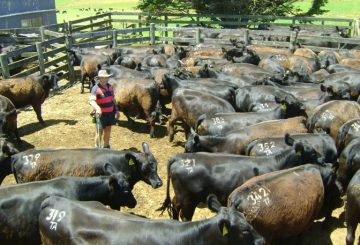The Far North District Council in New Zealand has voted to delay the addition of fluoride to some town water supplies by two years. The decision comes after the director-general of health, Sir Ashley Bloomfield, instructed 14 councils to fluoridate their public water supplies in 2022. The Far North District Council was due to start adding fluoride to the water in Kaitāia and Kerikeri by 30 June this year.
However, during a council meeting, councillor Hilda Halkyard-Harawira proposed to extend the deadline to June 2026. She argued that the cost of fluoridation was too high for the Far North, where many people are poor and homeless. She suggested that the money would be better spent on improving drinking water quality or dental services. The motion was supported by nine votes to one.
Deb Rock-Evans, a member of the group Northland Watch, also urged the council to delay the fluoridation. She warned that the council could face legal risks due to a High Court ruling in 2021, which found that the director-general of health had not considered the Bill of Rights when ordering the fluoridation.
After the meeting, anti-fluoride campaigner Michael Feyen described the vote as “a good start”. He praised the council for joining other councils around the country who are questioning the government’s fluoridation orders.
If the council does not fluoridate its water supplies and no extension is granted, it could face a fine of up to $200,000, plus $10,000 a day for ongoing non-compliance. The cost of setting up fluoridation equipment is expected to be $4.6 million, with an additional $100,000 each year in running costs.
In 2021, a new law transferred the responsibility for decisions on fluoridation from local councils to the Ministry of Health. Sir Ashley Bloomfield has said that fluoridation is a safe, affordable, and effective way to prevent tooth decay. He added that fluoridated water is safe to drink for everyone, including babies and the elderly.





















































-helped-regain-her-strength-and-balance-using-Nymbl-after-a-fall.-660x440.jpg)


